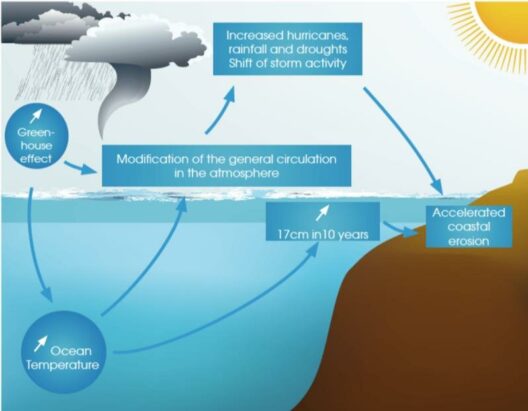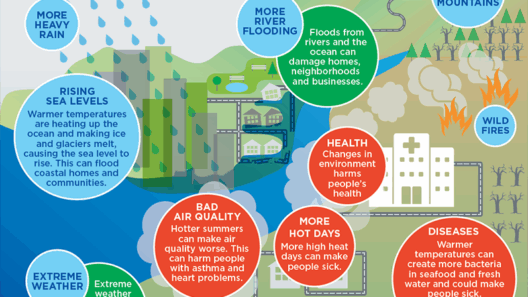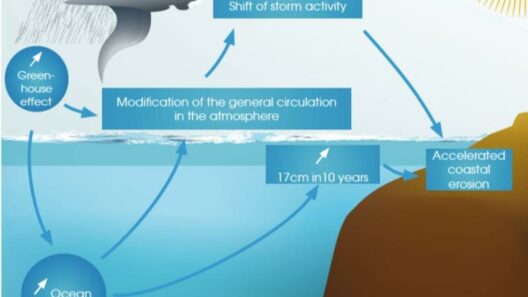France, a nation celebrated for its rich culture and diverse landscapes, boasts a climate as varied as its regions. Understanding France’s weather is essential not only for residents but also for travelers, environmentalists, and anyone interested in how climate influences the beautiful tapestry of this historic country. With its Mediterranean coast, mountainous regions, and rolling plains, France’s climate reflects a myriad of geographical influences that shape not just the weather but the lifestyle and ecology of its people.
At its core, the French climate can be categorized into several distinct zones, each with unique characteristics. The most significant delineation arises between the temperate maritime climate in the northwest and the Mediterranean climate in the southeast. The temperate maritime region, which includes cities like Nantes and Bordeaux, experiences mild winters and relatively cool summers, thanks to the moderating influence of the Atlantic Ocean. Here, rainfall is abundant throughout the year, fostering lush green landscapes and a vibrant agricultural sector that thrives on the moist conditions.
Conversely, as one journeys toward the southeast, the Mediterranean climate reigns supreme. This area, including cities such as Nice and Marseille, is characterized by hot, dry summers complemented by mild, wetter winters. The warm, sunny weather attracts tourists yearning for the sun-kissed beaches and scenic vistas that the French Riviera has to offer. However, this region’s charm does not come without its own set of challenges; droughts can be common in the summer months, necessitating careful water management and conservation efforts to protect local ecosystems.
As we traverse further east towards the Alps, a transition occurs, where the continental climate exerts its influence. This area creates a dramatic backdrop of soaring peaks and alpine valleys. The climate here offers snowy winters, providing ideal conditions for winter sports and a robust tourism economy. However, the short summers can bring rapid temperature changes and intense weather conditions, which present challenges for both locals and visitors. The dynamics of this climate zone elicit a fascinating blend of outdoor activities, from skiing to hiking, shaped by the weather’s whims.
Near Paris, the central region of France showcases a blend of oceanic and continental features. Winters can be chilly, with frost and occasional snowfall transforming the landscape into a picturesque winter scene. Summertime sees comfortable temperatures, offering a welcome contrast to the dampness of spring rains. Visitors often find this blend enticing, as it provides a rich foundation for both historical exploration and outdoor leisure activities, particularly in the vicinity of the Seine River.
Climate change is an undeniable factor stirring the pot of environmental discourse in France. The implications of global warming are not merely distant theories; they are observable phenomena altering the fabric of French weather and, consequently, its agriculture. Farmers have started to note the shifts in traditional planting times, varietals that thrive in specific zones, and changes in pest populations. Grapes, essential for France’s world-renowned wine production, have shown sensitivity to temperature fluctuations, prompting vintners to adapt their practices for the future.
Moreover, the diverse weather patterns can lead to extreme weather events, from torrential rainfall to heatwaves. Regions that once experienced timely, predictable seasons are facing unpredictability, which adds another layer of complexity to the climate story of France. Communities are being compelled to pivot, learning to cope with these new realities through innovative agricultural techniques, improved infrastructure, and increased emphasis on sustainability.
Furthermore, the urban heat islands within major French cities present their own nuances. Paris, for instance, embodies the challenges faced by large urban areas as they deal with rising temperatures exacerbated by concrete and asphalt absorbing and retaining heat. Efforts are underway to transform city landscapes, integrating more green spaces, urban forests, and vertical gardens to mitigate the effects of city heat. Such initiatives not only combat climate change but also improve urban livability, demonstrating a proactive approach to weather complications.
These multilayered climatic conditions have a profound impact on the lifestyle of the French populace. From outdoor cafés bustling in the summer sun to cozy fireside gatherings in the winter, France’s climate dictates social rhythms and cultural practices. The pervasive connection between environment and identity is palpable—whether it’s the artisanal bread made from locally harvested grains or the wines cultivated in the sun-drenched vineyards of Bordeaux.
Looking toward the future, the narrative of France’s climate will only becomes more complex. The blending of traditional practices with modern innovations in sustainability offers a glimmer of hope amidst the challenges posed by climate change. The commitment to preserving France’s distinctive environmental characteristics while adapting to inevitable transformations ensures that this land remains as mesmerizing as its historical legacy. The climate may shift, yet the spirit of France persists, an indomitable testament to its enduring weather personality.
In summation, France’s climate is not merely a backdrop; it is a key player in shaping the nation’s identity, culture, and day-to-day life. As inhabitants—both human and ecological—continue to interact with these climatic forces, a deeper understanding of the relationship between weather patterns and lifestyle is crucial. Embracing this complexity fosters appreciation for the subtleties of the environment and encourages concerted efforts towards sustainable cohabitation with nature.





